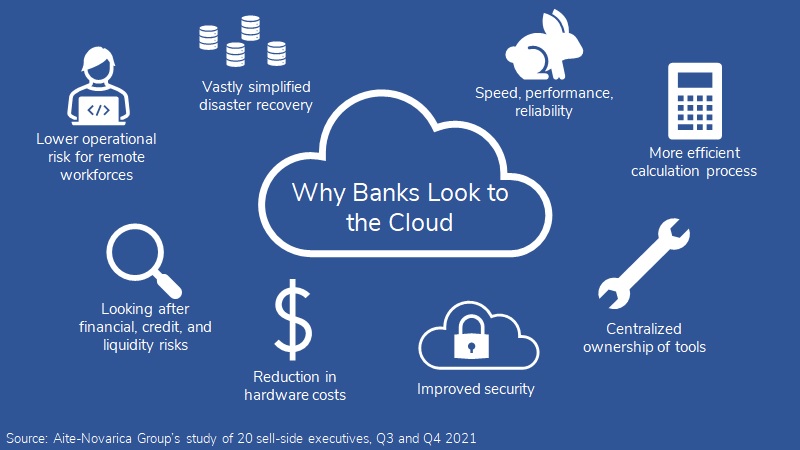October 12, 2022 –Cloud infrastructure has improved availability and security, given the dynamic nature of emerging security threats. FIs cannot avoid a multi-cloud environment; they must consume application services, run core packages, and build applications on multiple clouds. CIOs, CTOs, and heads of architecture will need to design their ecosystem differently, given a multi-cloud environment, especially since hosted solutions will still be part of the technology mix.

This Impact Report itemizes the areas IT executives need to consider when creating their architectures, cloud migration strategies, IT roadmaps, and budgets. Aite-Novarica Group reviewed its research conducted from 2020 to 2022 and external articles on the topic to develop the findings and checklist. This research includes qualitative interviews with 20 participants in the second half of 2021. Additionally, this report uses the author’s experience and best practices that Aite-Novarica Group has observed in FI IT organizations.
This 26-page Impact Report contains six figures and one table. Clients of Aite-Novarica Group’s Community Banking service can download this report and the corresponding charts.
This report mentions Amazon, BMC, Boomi, CoreStack, Densify, Docker, Fiserv, Flexera One, Google, IBM, Informatica, Jitterbit, Kion, Kubernetes, Lumen, Microsoft, Mist.io, Mulesoft, Nomad, Nutanix, OpenStack, OpenShift, Oracle, Rancher, Red Hat, Salesforce, SAP, ServiceNow, SnapLogic, Spot, Software AG, Switch, Temenos, TIBCO, Ubuntu, vRealize, Workato, Workday, and Zesty.
About the Author

Mitch Wein
Mitch Wein is an Executive Principal in the Insurance Practice at Datos Insights. He has expertise in international IT leadership and transformation as well as technology strategy for banking, insurance (life, annuities, personal, commercial, specialty), and wealth management. Prior to joining Datos Insights, Mitch served in senior technology management positions at numerous financial institutions. At Bankers Trust (now Deutsche Bank), he automated...
